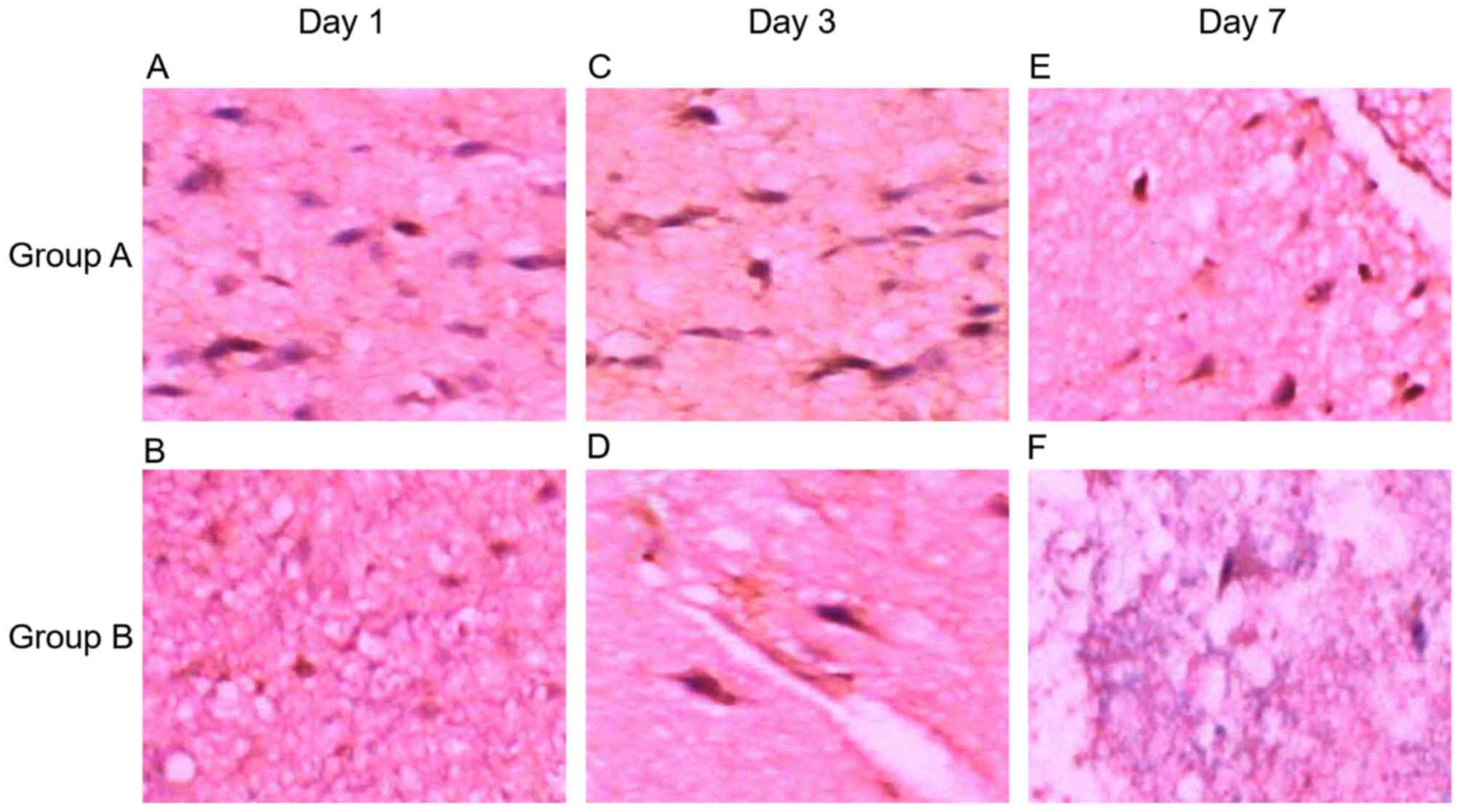Spandidos Publications style
Zhao J, Mao Q, Qian Z, Zhu J, Qu Z and Wang C: Effect of mild hypothermia on expression of inflammatory factors in surrounding tissue after minimally invasive hematoma evacuation in the treatment of hypertensive intracerebral hemorrhage. Exp Ther Med 15: 4906-4910, 2018.
APA
Zhao, J., Mao, Q., Qian, Z., Zhu, J., Qu, Z., & Wang, C. (2018). Effect of mild hypothermia on expression of inflammatory factors in surrounding tissue after minimally invasive hematoma evacuation in the treatment of hypertensive intracerebral hemorrhage. Experimental and Therapeutic Medicine, 15, 4906-4910. https://doi.org/10.3892/etm.2018.6014
MLA
Zhao, J., Mao, Q., Qian, Z., Zhu, J., Qu, Z., Wang, C."Effect of mild hypothermia on expression of inflammatory factors in surrounding tissue after minimally invasive hematoma evacuation in the treatment of hypertensive intracerebral hemorrhage". Experimental and Therapeutic Medicine 15.6 (2018): 4906-4910.
Chicago
Zhao, J., Mao, Q., Qian, Z., Zhu, J., Qu, Z., Wang, C."Effect of mild hypothermia on expression of inflammatory factors in surrounding tissue after minimally invasive hematoma evacuation in the treatment of hypertensive intracerebral hemorrhage". Experimental and Therapeutic Medicine 15, no. 6 (2018): 4906-4910. https://doi.org/10.3892/etm.2018.6014
















